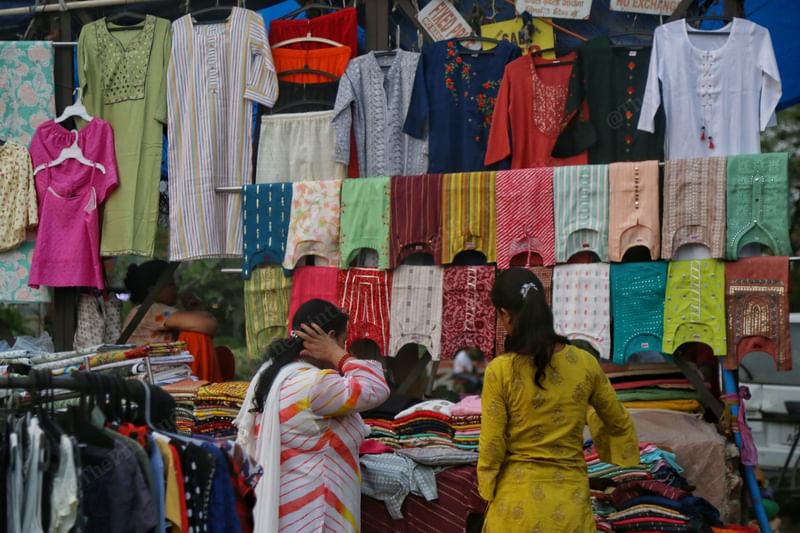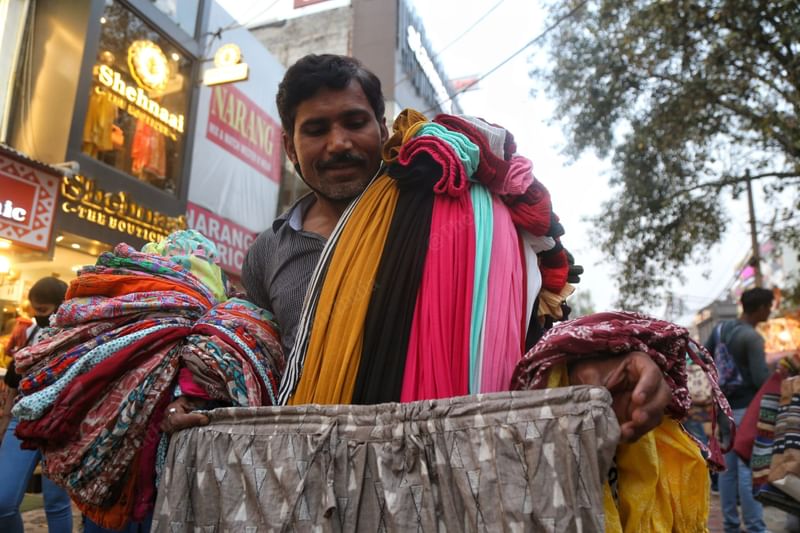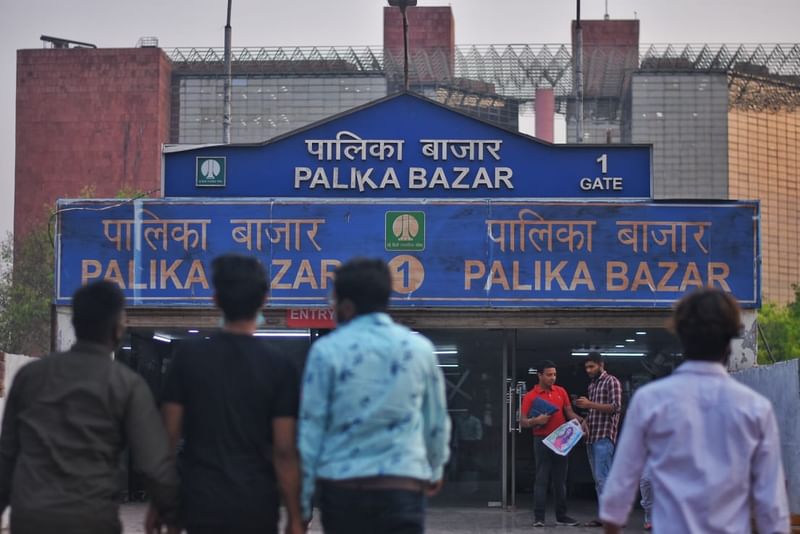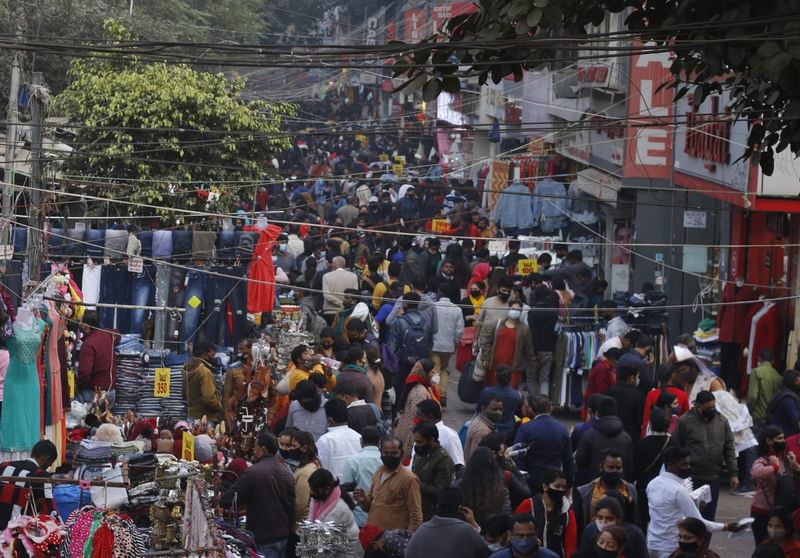
Pakistani paramilitary troops stand guard with riot gear outside the National Assembly, in Islamabad, Pakistan, Sunday, April 3, 2022. (Anjum Naveed/AP)
ISLAMABAD — Pakistan's prime minister threw the country into political limbo on Sunday, accusing the United States of attempting to oust him and cancelling a no-confidence vote he was poised to lose. He then ordered the National Assembly dissolved so new elections can be held.
The moves by Imran Khan appeared to trigger a constitutional crisis: Pakistan's Supreme Court must rule on their legality, but it adjourned until Monday and gave no indication when the matter would be settled. In Pakistan, the Muslim holy month of Ramadan has just begun.
The dramatic episode was the latest in an escalating dispute between Khan and parliament, after defectors within his own party and a minor coalition partner joined the opposition and attempted to oust him from power. It was unclear on Sunday where the powerful military — which has directly ruled Pakistan for more than half of its 75-year history — stood in the fray.
The former cricket star turned conservative Islamic leader sought to justify the measures by accusing the United States of trying to overthrow his government. His Information Minister Fawad Chaudhry accused the opposition of collusion with a foreign power when he successfully filed the motion to the deputy speaker of parliament to throw out the vote.
The opposition, which accuses Khan of mismanaging the economy, arrived in Parliament ready to vote Khan out of power, and say they have the simple majority of 172 votes in the 342-seat assembly to do so.
Khan, who was not in Parliament on Sunday, went on national television to announce he was submitting the dissolution request, which President Arif Alvi later executed.
"I ask people to prepare for the next elections. Thank God, a conspiracy to topple the government has failed," Khan said in his address. According to Pakistan's constitution, an interim government inclusive of the opposition will now see the country toward elections held within 90 days.
In the capital Islamabad, security forces braced for the worst, locking down much of the city as a defiant Khan called for supporters to stage demonstrations countrywide. Giant metal containers blocked roads and entrances to the capital's diplomatic enclave, as well as Parliament and other sensitive government installations.
Khan has accused the opposition of being in cahoots with the United States to unseat him, saying America wants him gone over his foreign policy choices that often favor China and Russia. Khan has also been a strident opponent of America's war on terror and Pakistan's partnership in that war with Washington.
Khan has circulated a memo which he insists provides proof that Washington conspired with Pakistan's opposition to unseat him because America wants "me, personally, gone ... and everything would be forgiven." He offered no concrete evidence of US interference.
Political chaos also spread to Punjab — the country's largest province — which is set to vote for a new chief minister. Khan's favored candidate faced a tough challenge, and his opponents claimed they had enough votes to install their own ally. After a scuffle between lawmakers, the provincial assembly was adjourned until April 6 without any vote.
Pakistan's main opposition parties — a mosaic of ideologies from leftists to the radically religious — have been rallying for Khan's ouster almost since he was elected in 2018. Then, his win was mired in controversy and widespread accusations that the army helped his Pakistan Tehreek Insaf (Justice) Party to victory.
Asfandyar Mir, a senior expert with the Washington-based U.S. Institute of Peace, said the military's involvement in the 2018 polls undermined Khan's legitimacy from the outset.
"The movement against Imran Khan's government is inseparable from his controversial rise to power in the 2018 election, which was manipulated by the army to push Khan over the line," said Mir. "That really undermined the legitimacy of the electoral exercise and created the grounds for the current turmoil."
Pakistan's military has a history of overthrowing successive democratically elected governments and indirectly manipulating others from the sidelines.
The opposition also blames Khan for high inflation that's hitting households. But his government is also credited with maintaining a foreign reserve account of $18 billion, bringing in a record $29 billion last year from overseas Pakistanis.
Khan's anti-corruption reputation is credited with encouraging expatriate Pakistanis to send money home. His government has also received international praise for its handling of the COVID-19 crisis and implementing so-called "smart lockdowns" rather than countrywide shutdowns. As a result, several of Pakistan's key industries, such as construction, have survived.
Khan's leadership style has often been criticized as confrontational.
"Khan's biggest failing has been his insistence on remaining a partisan leader to the bitter end," said Michael Kugelman, deputy director of the Asia Program at the Washington-based Wilson Center.
"He hasn't been willing to extend a hand across the aisle to his rivals," said Kugelman. "He's remained stubborn and unwilling to make important compromises. As a result, he's burned too many bridges at a moment when he badly needs all the help he can get."
Khan's insistence there is U.S. involvement in attempts to oust him exploits a deep-seated mistrust among many in Pakistan of U.S. intentions, particularly following 9/11, said Mir.
Washington has often berated Pakistan for doing too little to fight Islamic militants, even as thousands of Pakistanis have died at their hands and the army has lost more than 5,000 soldiers. Pakistan has been attacked for aiding Taliban insurgents while also being asked to bring them to the peace table.
"The fact that it has such easy traction in Pakistan speaks to some of the damage U.S. foreign policy has done in the post 9/11 era in general and in Pakistan in particular," said Mir. "There is a reservoir of anti-American sentiment in the country, which can be instrumentalized easily by politicians like Khan."
Imran Khan names the high ranking US official behind threat
SAMAA | Arif Anjum - Posted: Apr 3, 2022

Donald Lu (right) holds talks with Pakistani Finance Minister Shaukat Tarin and SBP Governor Reza Baqar.
Prime Minister Imran Khan has finally named the high-ranking United States official who, he says, was behind the ‘conspiracy’ against him. US Assistant Secretary of States Donald Lu had told the Pakistan ambassador in Washington that Pakistan-US relations could improve only if Imran Khan is removed from power, according to the prime minister.
The meeting between Donald Lu and Pakistan ambassador, Asad Majeed Khan, was held in Washington on March 7 and details were shared by the ambassador with Islamabad on the same day in a communique, which Imran Khan says is evidence of the ‘conspiracy.’ The prime minister in his recent interviews and televised appearances has revealed the details of the meeting.
He named Donald Lu at a parliamentary party meeting on Sunday after the National Assembly deputy speaker disallow the no-confidence motion against him.
Before that in an exclusive interview with SAMAA TV’ Imran Riaz Khan, the prime minister revealed how many people were at the meeting where the threat was made.
There was Pakistan’s ambassador, the military attache and notetakers from the Pakistan side and Donald Lu, another US official, and notetakers from the American side.
In the interview, Khan said that the high ranking US official was an “undersecretary,’ but on Sunday he named Donal Lu, who is an assistant secretary. The second US official is understood to be Deputy Assistant Secretary of State Lesslie Viguerie.
Imran Khan told SAMAA TV that the US officials said they were representing the White House and the senior-most US official at the meeting clearly warned that the US-Pakistan relations would improve only after Imran Khan is removed.
Asked why the government did not react before March 27, when he waved the communique before a PTI public rally for the first time, Imran Khan said that he had decided to first share it with his supporters and then convene National Security Committee (NSC), the highest security forum in the county.
But before the NSC meeting, he shared the contents with a group of journalists. ¹
Imran Khan at first had called the communique a “letter” and implied that it was directly written by a foreign government. Later, PTI officials confirmed it to be a diplomatic communique sent by the Pakistan ambassador and Imran Khan began to interchangeably call it ‘document’ and ‘communique’ but he has maintained that it was an official proof of US meddling, being based on the notes taken at the meeting between Assistant Secretary Lu and Ambassador Khan.
Pakistan has since issued demarches to the United States both in Islamabad and Washington to protest the use of ‘undiplomatic language’ and ‘blatant interference in the internal affairs of Pakistan.’
Imran Khan has repeatedly said that the language used by the US official was “arrogant and threatening.”
Now that the prime minister has named Donald Lu, it is easier to put things into perspective and understand the implications of the alleged threat.
Donald Lu’s last major interaction with a Pakistani official came in October 2021 when a Pakistani finance ministry delegation was holding talks with the International Monetary Fund (IMF) in Washington.

Finance Minister Shaukat Tarin was leading the talks which dragged on for days as Pakistan tried to address the Fund’s concerns to seek approval of the $1 billion loan tranche. The IMF node is important for any developing country as other lenders take that into account.
On October 15, Shaukat Tarin and Donald Lu held talks at the Pakistan embassy in Washington and the finance minister assured the US official that the PTI government would live up to its promise of economic reforms.
Pakistan embassy issued a statement on the meeting between Donald Lu and Shaukat Tarin.
“The Finance Minister reaffirmed Pakistan’s desire for a broad based and sustainable relationship with the United States. He underscored Pakistan’s interest in enhancing investment and trade linkages with the United States. He reiterated the government’s commitment to undertaking further economic reform and improving the ease of doing business for foreign companies,” the statement read.
“Finance Minister Tarin also reiterated Pakistan’s support for an inclusive political settlement in Afghanistan. He said that while the Taliban should honor their commitments, it was important that the international community help the Afghan people as they faced a dire humanitarian crisis,” it added.
“Assistant Secretary Lu appreciated the government’s commitment to economic reform and reciprocated the Finance Minister’s desire for greater trade and investment ties between the two countries,” the statement said.
State Bank of Pakistan Governor Reza Baqar was also at the meeting. The staff-level agreement between Pakistan and the IMF was concluded over a month after the meeting.
The sixth review was concluded, and IMF released the $1 billion loan tranche, but talks over the 7th review have stalled since early March, with the Fund reportedly accusing the Pakistan government of “deviations” from agreed terms.
It is not clear exactly what role Lu had played after the October meeting, but the United States, being the largest contributor to the Fund, enjoys considerable leverage.
Ten days after the March 7 meeting, Lu attended an event organised by the Pakistan Embassy March 16 to recognize and appreciate prominent women who are leading in their respective field.
He addressed the event along with Representative Sheila Jackson Lee. In his tweet, Ambassador Majeed thanked Lu and Lee for sharing their perspectives.
Donald Lu is a career diplomat who was appointed to the current position by President Joe Biden in September 2021 after confirmation from the Senate committee.
Lu is the top US diplomat for South Asia and has lately been holding talks with India and other countries over their trade links with Russia, which invaded Ukraine on February 24, when Imran Khan was in Moscow.
Indian newspaper, Hindustan Times, interviewed Lu in Washington this Friday and asked him about reports that he was the US official to warn the Pakistani ambassador of the consequences if Imran Khan stays in power.
The interviewer posed the following question: “Let me move to the rest of the region and start with Pakistan. Imran Khan seems to suggest that you had a conversation with the Pakistani ambassador in the US and told him that if Imran Khan survives the no-confidence motion, Pakistan is in trouble and the US won’t forgive Pakistan. Any response?”
Donald Lu said, “We are following developments in Pakistan and we respect and support Pakistan’s constitutional process and the rule of law.”
The assistant secretary was asked, “Did you have such a conversation?”
Lu replied, “that’s all I have for you on that question.”
The carefully worded replies from the US official neither confirm nor reject the claims about his involvement in the episode. No surprise, given that this is how diplomats operate.
This piece was updated to add Donald Lu’s comments made during an interview with Hindustan Times.
Pakistan's Opposition leaders have ridiculed Khan's allegation, and the US has dismissed it

Supporter of ruling party Pakistan Tehreek-e-Insaf (PTI) hold the national flag during a protest in Islamabad, Pakistan, Sunday, April 3, 2022. (AP Photo/Rahmat Gul)
Islamabad: Pakistan Prime Minister Imran Khan on Sunday named senior US diplomat Donald Lu as the person who was allegedly involved in the "foreign conspiracy" to topple his government through a no-confidence vote tabled by the Opposition.
Addressing a meeting of the Pakistan Tehreek-e-Insaf (PTI) leaders here after the National Assembly Deputy Speaker rejected the no-trust motion, citing national security, said that during the National Security Committee's meeting, the country's highest security body, it was also noted that a foreign interference was made into the internal politics of the country through a no-confidence motion.
He then claimed that Lu, the top American official dealing with South Asia in the US State Department, was involved in the ‘foreign conspiracy' to topple his government.
Pakistan's Opposition leaders have ridiculed Khan's allegation, and the US has dismissed it.
Khan claimed that Lu warned the Pakistani envoy to the US, Asad Majeed, that there would be "implications" if the Pakistan Prime Minister survived the no-trust vote in the National Assembly.
He said minutes of the communique regarding a meeting between the ambassador of Pakistan in the US and the US officials were shared in the NSC's meeting.
A plan was perpetrated outside Pakistan to interfere into internal politics of the country, adding when the highest national security body confirmed it, it became irrelevant as to how many numbers the opposition had in the assembly, the official APP news agency quoted Khan as saying.
The embassy officials of the said country were also in contact with the PTI members who had defected, he claimed.
Khan said that the no-confidence motion against him was a “foreign conspiracy” and he thanked Allah that it failed.
The prime minister referring to his announcement early in the day, said that the Opposition was in a state of shock and they did not know what had happened to them.
On Saturday, Prime Minister Khan openly held the US responsible for the “foreign conspiracy” to overthrow his government.
“Ok I'm taking the name of US, the conspiracy has been hatched with the help of America to remove me,” PM Imran had said while addressing the participants of the Pakistan Tehreek-e-Insaf parliamentary party in Islamabad.
Earlier, National Assembly Deputy Speaker Qasim Suri termed the no-confidence motion against the premier “unconstitutional”, saying that it was backed by “foreign powers”.
Khan claims the US is leading a conspiracy to remove him because of his criticism of US policy and other foreign policy decisions he has taken.
Khan visited Moscow to meet President Vladimir Putin as Russia was launching the invasion of Ukraine. He has previously criticised America's "War on Terror".
Pakistan's ties with Russia have moved past the bitter Cold War hostilities in recent years and the chill in the relations between Pakistan and the US has further pushed the country towards Russia and China.
US President Joe Biden is yet to make a customary call to Prime Minister Khan since he assumed office in January 2021.






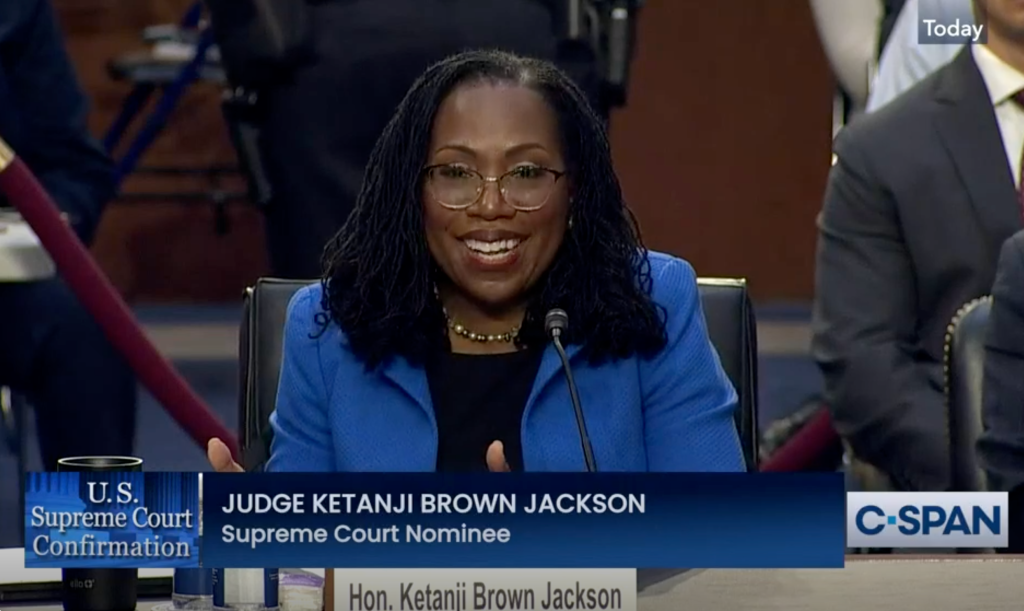

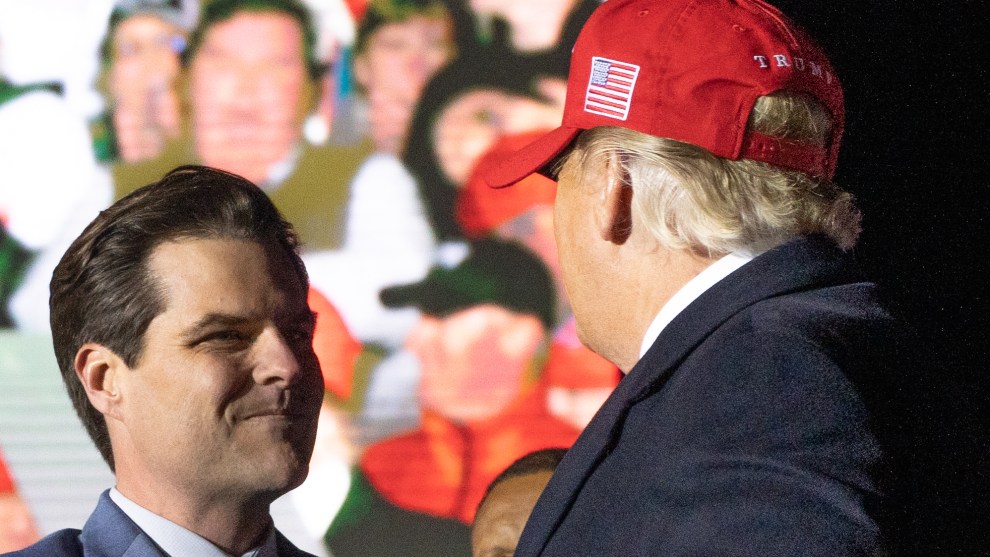
.png)


